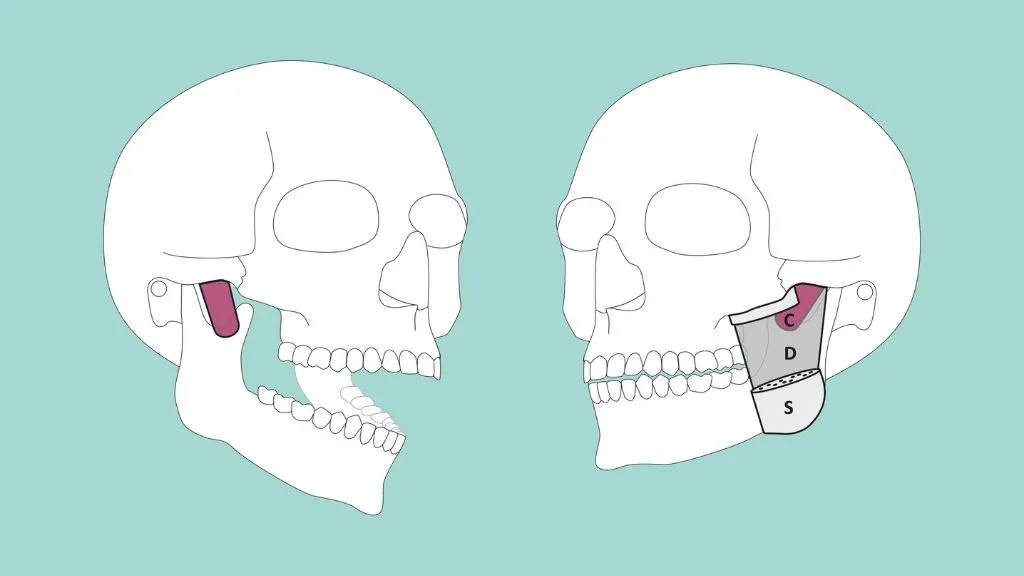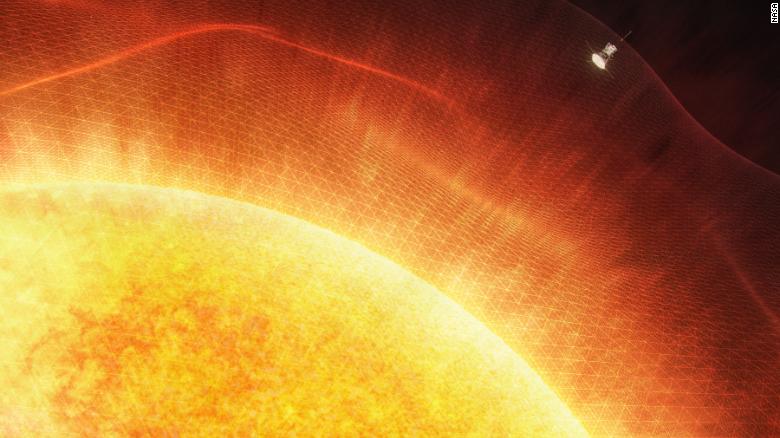
I bet this muscle is very helpful in screen licking!

Scientists discover new part of the body
The newfound structure sits within the masseter, a key muscle for chewing.
... The newly discovered muscle layer runs from the back of the cheekbone to the anterior muscular process of the lower jaw. (S= superficial layer, D= deep layer, C= coronoid layer)
https://www.livescience.com/new-body...jaw-discovered
The newfound structure sits within the masseter, a key muscle for chewing.
... The newly discovered muscle layer runs from the back of the cheekbone to the anterior muscular process of the lower jaw. (S= superficial layer, D= deep layer, C= coronoid layer)
https://www.livescience.com/new-body...jaw-discovered

And, just in case we mess things up, well, the world and universe will just hit the reset button ... and it ain't in no rush... !

When humans are gone, what animals might evolve to have our smarts and skills?
Other primates, like chimpanzees (Pan troglodytes) and bonobos (Pan paniscus), our closest living relatives, already have opposable thumbs that they use to make tools in the wild. It's possible that if humans go extinct, these hominids might replace us hominins, à la "Planet of the Apes." There is precedent for that kind of overlap — after all, our species managed to outlast the intelligent Neanderthals during the most recent ice age 40,000 years ago, according to a 2021 study published in the journal Nature. That said, it would probably take hundreds of thousands or even millions of years of evolution for other apes to develop the ability to create and use sophisticated, human-like tools. To add context to this scenario, the common ancestor of modern humans and chimpanzees lived about 7 million years ago, Live Science previously reported.
... Despite stereotypes to the contrary, birds are very brainy: Some birds, such as crows and ravens, have intellects that rival even chimps, according to research published in 2020 in the journal Science. And some birds can use their dexterous feet and beaks to fashion wire into hooks, according to a famous 2002 study published in Science. Meanwhile, trained African grey parrots (Psittacus erithacus) can learn upward of 100 words and do simple math, including understanding the concept of zero,
... octopuses would be hard-pressed to adapt to life on land. Vertebrates have iron in their blood cells, which binds to oxygen very efficiently. In contrast, octopuses and their relatives have copper-based blood cells. These molecules still bind to oxygen, but less readily, and as a result octopuses are confined to oxygen-saturated waters as opposed to thin air. "They've taken an inefficient metabolism as far as they can go," Mather said.
Because of this, Mather thinks that octopuses and other cephalopods are unlikely to make the transition to land and take over humanity's mantle as the smartest and most ecologically impactful land animal. Her money is on social insects, like ants and termites. ...
https://www.livescience.com/what-ani...l-human-niches
Other primates, like chimpanzees (Pan troglodytes) and bonobos (Pan paniscus), our closest living relatives, already have opposable thumbs that they use to make tools in the wild. It's possible that if humans go extinct, these hominids might replace us hominins, à la "Planet of the Apes." There is precedent for that kind of overlap — after all, our species managed to outlast the intelligent Neanderthals during the most recent ice age 40,000 years ago, according to a 2021 study published in the journal Nature. That said, it would probably take hundreds of thousands or even millions of years of evolution for other apes to develop the ability to create and use sophisticated, human-like tools. To add context to this scenario, the common ancestor of modern humans and chimpanzees lived about 7 million years ago, Live Science previously reported.
... Despite stereotypes to the contrary, birds are very brainy: Some birds, such as crows and ravens, have intellects that rival even chimps, according to research published in 2020 in the journal Science. And some birds can use their dexterous feet and beaks to fashion wire into hooks, according to a famous 2002 study published in Science. Meanwhile, trained African grey parrots (Psittacus erithacus) can learn upward of 100 words and do simple math, including understanding the concept of zero,
... octopuses would be hard-pressed to adapt to life on land. Vertebrates have iron in their blood cells, which binds to oxygen very efficiently. In contrast, octopuses and their relatives have copper-based blood cells. These molecules still bind to oxygen, but less readily, and as a result octopuses are confined to oxygen-saturated waters as opposed to thin air. "They've taken an inefficient metabolism as far as they can go," Mather said.
Because of this, Mather thinks that octopuses and other cephalopods are unlikely to make the transition to land and take over humanity's mantle as the smartest and most ecologically impactful land animal. Her money is on social insects, like ants and termites. ...
https://www.livescience.com/what-ani...l-human-niches
STLah







 ... or maybe a mammoth out for a swim?? ... or maybe tusks float???? ...
... or maybe a mammoth out for a swim?? ... or maybe tusks float???? ... 
Leave a comment: